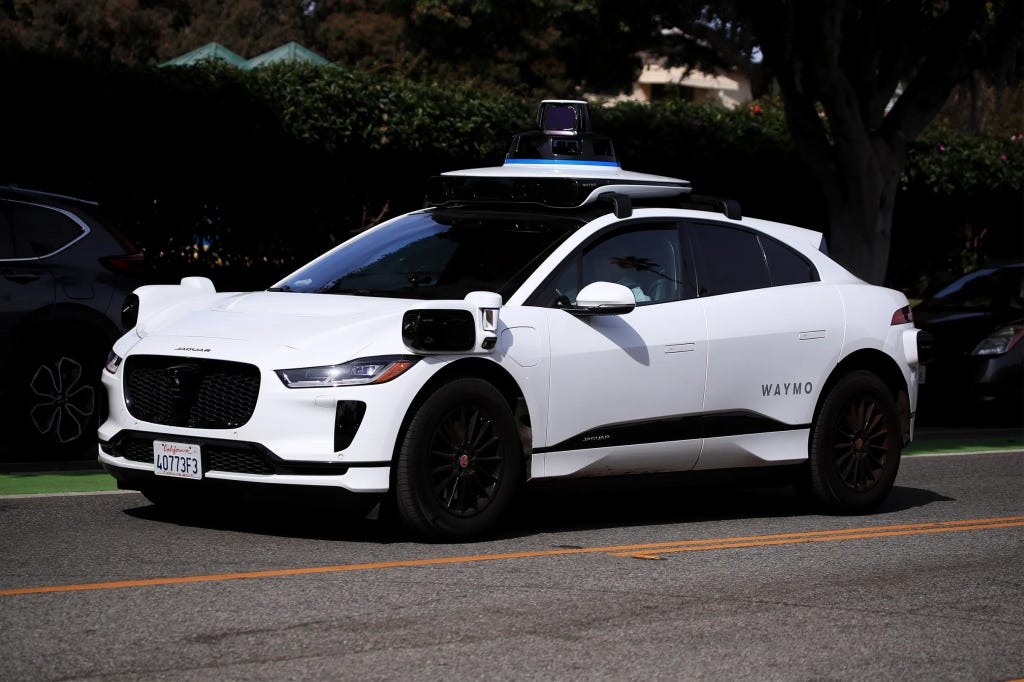Self-driving cars are pretty much ready to be rolled out everywhere.
The main thing lagging isn’t the cars, which are good enough.
Rather, we need to change the roads to fit the cars.
This might sound nuts, but we’ve done it before.
Prior to the motorcar, roads were rough as. Mostly they were mud or compacted earth. When it rained they got muddy and when it didn’t they got dusty. Cobblestones in cities improved this a bit but were rattly.
Above all, roads were variable. There was no standard ‘road’.
People laughed their heads off at these newfangled cars trying to drive on these roads, getting stuck in ridges or bogged in mud that horses could gallop over with ease. Even if the motorcar could maintain forward momentum, horse-drawn carriages would often overtake them.
No doubt very clever personages at posh Edwardian parties proclaimed motorcars a flash in the pan.
Today, a road in Argentina looks a lot like a road in Mongolia. We have set designs, materials and street signs for city streets and main roads, highways and freeways.

We redesigned and rebuilt all our roads to fit cars, trucks, busses and motorbikes, which are also highly standardized. Before that people walked, rode horses or had horse-drawn carriages, all of which require completely different roads.
Trying to fit both self-driving and traditional cars on the road at the same time is a challenge, just as it was fitting both motorcars and horse-drawn carriages together. In the end one will win out against the other, like VHS vs beta, and this will almost certainly be self-driving.
You might still be able to drive a car in cities of the future, but it might be like a tourist horse carriage. A bit of a nuisance allowed for old time’s sake. Meanwhile the modern cars will be communicating with each other and traffic will flow in an optimized fashion.
We see the same in agriculture. Old farms were set up for animal labour, with space set aside for fodder and barns.
Today, modern farms are enormous and are designed for giant machines to do the labour with maximum efficiency.
This is a good way to envisage the future of automation with AI, drones and other new technology.
How could a robot possibly fix the plumbing? How could it do line installation, electrical work, car maintenance?
The answer is, homes and vehicles will adapt to the robots rather than the other way around. New houses may be marketed as ‘fully compatible with automated maintenance’. They will have space and wifi connections for little bots to wriggle around and clean the ducts, etc.
We already have ‘dark factories’ that are fully automated to the extent that they often leave the lights off. Old requirements like ventilation, temperature control and general safety might become redundant as humans no longer venture onto working factory floors.
At the moment, drone delivery is annoying. This is because we’re trying to make them work in cities that haven’t been designed for drones. In the future there may be air and road lanes for them to ply their trade, quietly and without getting in anyone’s way.
Even non-physical system may adapt to new tech. Future laws may allow AI to act as agents for humans in contracts, interacting with bureaucracy, etc.
Instead of going to town hall for that gazebo permit, or applying online yourself, your bot could interact with the .gov bot and get it all done for you.
My prediction is that it won’t be a utopia and it won’t be the road to Hell. It will be a new way of doing things, with pros and cons.
Enjoy our ye olde world while it lasts. One day you might only see it in theme parks.





